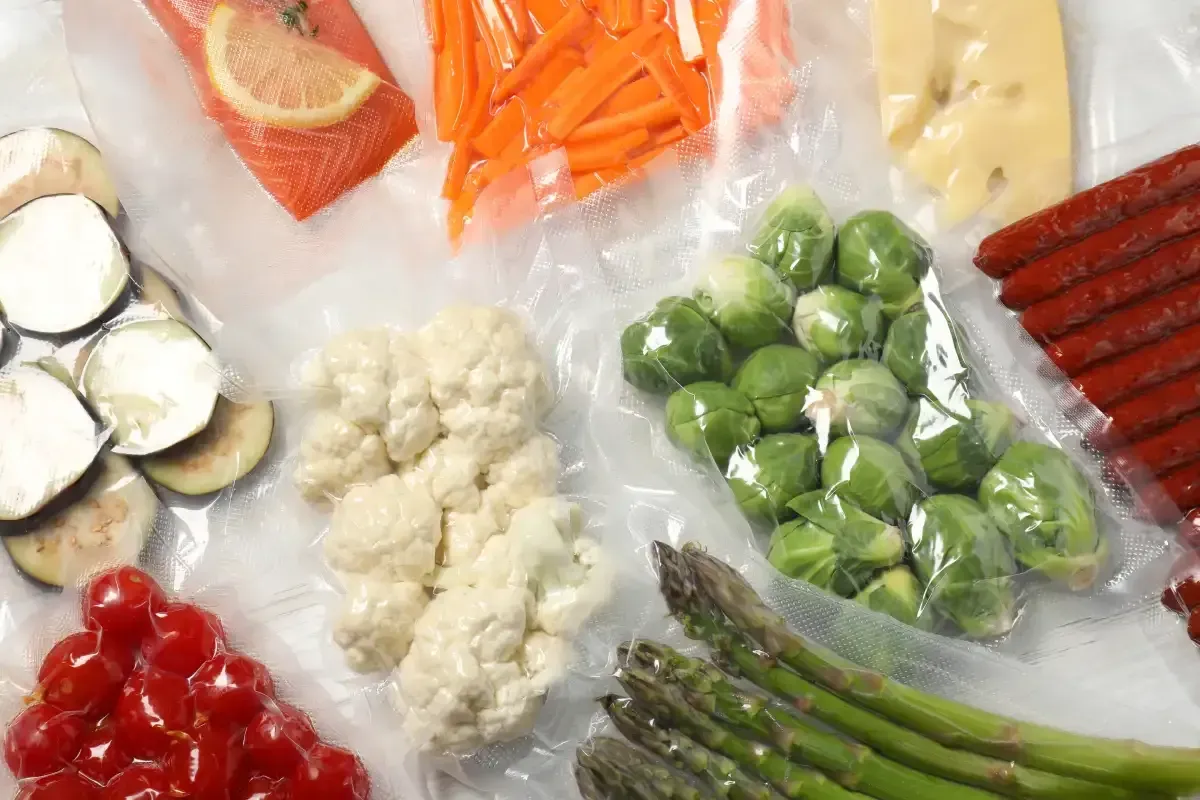Food preservation: key strategies for efficiency

In the food and beverage industry, one of the biggest challenges is keeping products fresh and maintaining their quality. In this sense, food preservation plays a crucial role in ensuring that consumers receive what they are going to eat in perfect condition. Let’s explore how you can do it right to boost your business, improve efficiency, and cut costs. Ready to optimize your strategy and stand out in the market?
Food preservation: why consider it?
Food preservation is a cornerstone of modern food production and distribution. Its importance stems from three key factors (Dweh et al., 2024):
- Ensuring freshness and safety: proper preservation retains the organoleptic characteristics of food, meaning its flavor, texture, and aroma. This ensures that food reaches consumers in top condition while preventing the growth of harmful microorganisms. As a result, it protects public health and lowers the risk of costly recalls.
- Extending shelf life: preservation techniques help keep food fresh for longer periods, which simplifies distribution and storage. This, in turn, reduces product returns and boosts logistical efficiency.
- Supporting sustainability and reducing waste: good preservation practices allow food to be used to its full potential. Therefore, it contributes to sustainability and lowers the environmental impact caused by food waste.
Benefits of food preservation
According to FICSI (2024), the advantages of preserving food go far beyond just extending its shelf life. These benefits also include:
- Enhanced food safety: preservation makes a variety of foods available year-round, such as seasonal fruits.
- Nutritional retention: many preservation methods help maintain much of the original nutritional value of food.
- Cost savings: food preservation minimizes waste, allowing people to buy in bulk and store food for later use. This leads to substantial savings.
- Sustainability: preservation reduces the need for constant cultivation and transportation of fresh food. Therefore, it contributes to reducing the carbon footprint tied to the use of natural resources.
Preservation methods
Throughout history, humans have developed various methods of food preservation. Among the prominent methods are the following (FHA-Food And Beverage, 2023):
- Refrigeration: this technique keeps food at low temperatures to slow down microbial growth. It is ideal for products meant to be consumed quickly.
- Freezing: it halts both microbial and enzymatic activity by keeping food at extremely low temperatures. It is an effective option to considerably extend shelf life.
- Pasteurization: this method consists of heating foods to specific temperatures to eliminate harmful microorganisms without significantly altering their flavor and nutrients. This method is widely used for liquids and purées.
- Vacuum packing and modified atmosphere packaging: these methods remove or replace oxygen inside the package with inert gases. This prevents oxidation and spoilage.
- Drying and dehydration: one of the oldest preservation methods, drying removes moisture, preventing the growth of bacteria, yeast, and mold. It’s ideal for fruits, vegetables, and meats.
All these preservation methods work across various product types. Therefore, they adapt to the specific needs of various food sectors, such as fruit purées.
Implementing an efficient preservation system
To implement an effective food preservation system, it is essential to address several key factors. Here are some practical recommendations to guide you in this process:
- Assess product needs: identify which preservation methods best suit the unique characteristics of your products.
- Adopt advanced technologies: consider using innovative technologies, such as deep-freezing or HPP. They offer added benefits in both quality and food safety (Gazda & Glibowski, 2024).
- Train your team: ensure your staff is well-versed in preservation techniques and the proper operation of specialized equipment. This is essential for maintaining efficiency, as well as ensuring good material management and good manufacturing practices.
- Monitor and maintain quality control: implement a continuous monitoring system to ensure that preservation conditions remain optimal throughout the supply chain.
- Optimize packaging: choose packaging that not only preserves product quality but also offers sustainability and appeals to consumers.
If you are looking to guarantee effective food preservation and stay competitive in your industry, visit Alimentos SAS. We offer top-quality fruit purées that will help you innovate with your products. Discover the solutions we provide, so you can deliver the fresh fruit flavor your customers love without worrying about preservation challenges!
Bibliographic references
- Dweh, T. J., Nayak, J., Rout, P., y Parween, A. (2024). Food storage and preservation. En Futuristic Trends in Agriculture Engineering & Food Sciences (Vol. 3, pp. 102-115).
- FICSI. (2024, May 2). Importance of food preservation: Ensuring nutrition and sustainability.
- FHA-Food And Beverage. (2023, November 13). Food Preservation: Definition and Methods.
- Gazda, P., & Glibowski, P. (2024). Advanced Technologies in Food Processing—Development Perspective. Applied Sciences, 14(9), 3617.













